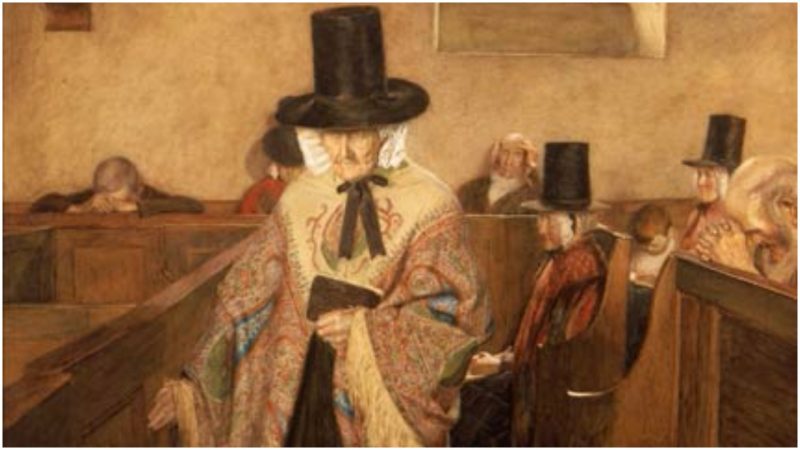A number of painters throughout history have created works with double meanings that make art historians and curators wonder and perhaps feel puzzled about their true story and background.
In many of these artists’ artworks there are carefully hidden symbols or references that might seem random but actually convey something meaningful. One such example is Jan van Eyck’s “The Arnolfini Portrait” that when examined with a magnifying glass reveals the artist himself in the painting, greeting the couple who are entering.
Another painting with a similar intertextuality is “The Ambassadors” by Hans Holbein the Younger of which it is said that, when viewed from a specific angle, a smudge that actually looks like an ominous skull can be seen. The image often is interpreted as a symbol of human fragility.
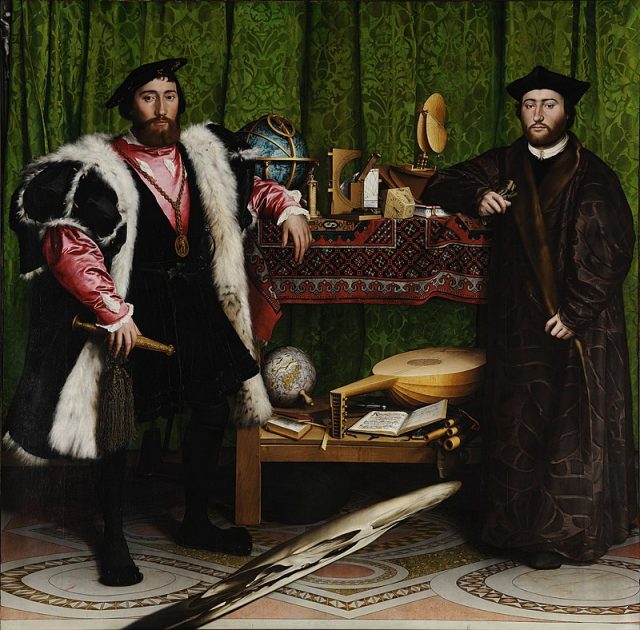
Among these examples is also the popular artwork “Salem,” painted in 1908 by English artist Sydney Curnow Vosper. The picture presents a scene in Capel Salem, a Baptist chapel in the hamlet of Pentre Gwynfryn near Gwynedd, North Wales.
According to the WalesOnline, this painting has become a Welsh icon that depicted Welsh piety and the significance of Welsh tradition and religious customs. Despite its sacred symbolism, “Salem” is a notorious artwork because it is believed to have the devil hidden in the shawl of its central character.
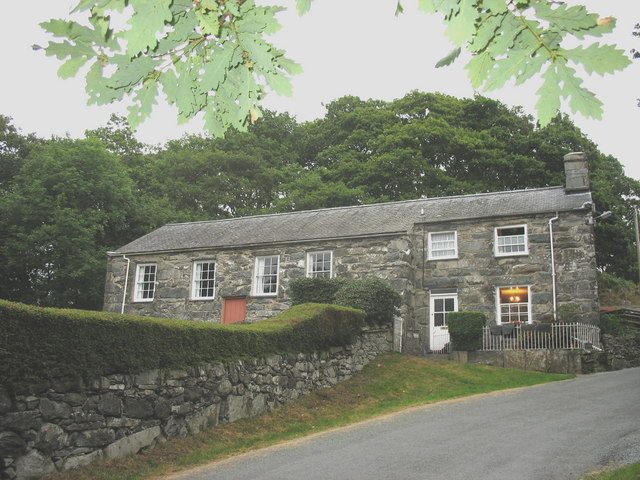
The painting depicts a traditionally dressed woman in the center and a few figures in the background. The main figure is modeled on a real-life character, Siân Owen, who is shown “walking down the aisle towards her family pew.” When the painting was created, Siân Owen was a 71-year-old widow who lived alone in a farmhouse. She had lost her husband when their son was very young so she had to raise him as a single mother. Owen died in 1927 and was buried in Llanfair churchyard.
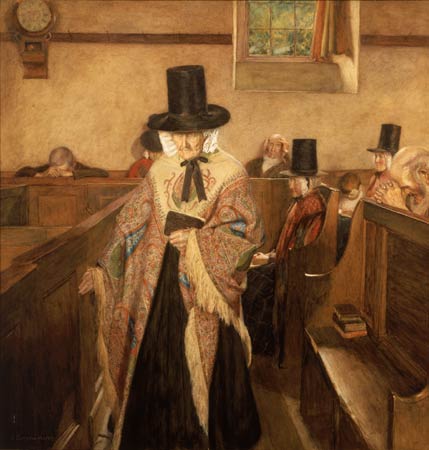
Vosper was born in 1866 in Stonehouse, Devon. He began his career in London as an illustrator and went on to study at the Académie Colarossi in France. His focus on Welsh life and tradition which would later become a central subject in a number of his paintings began after he married Constance James, from Merthyr Tydfil in South Wales.
In 1909, after “Salem” was first exhibited at the Royal Academy in London, it was purchased by Lord Leverhulme for 100 guineas.
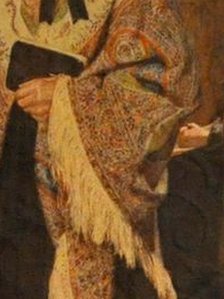
The painting gained popularity when it was used for a marketing campaign of Lever Brothers’ Sunlight Soap — people collected a certain number of packages in order to claim a color print of “Salem.”
Artist creates amazing hyper realistic paintings
Today, the original is at the Lady Lever Art Gallery in Port Sunlight, England, while numerous Welsh museums and institutions hold a framed print of the painting. The painting has drawn many critics and theoreticians over the years to debate over different interpretations of the so-called hidden meaning in the central figure.
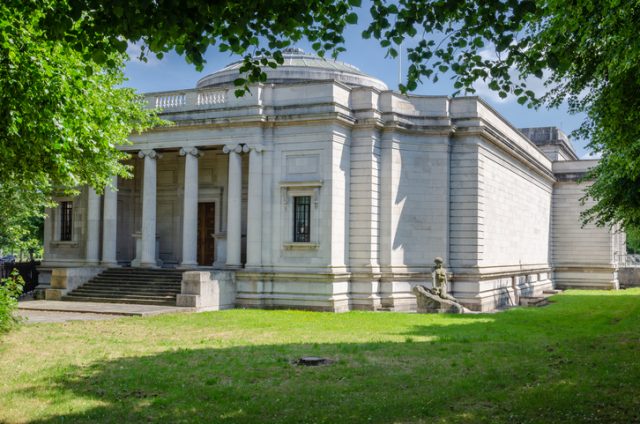
In the painting, Siân Owen is cloaked in a colorful and ornamented shawl which, it is said, depicts the face of the devil in its folds. Interestingly, when looked at closely, the wrinkled cloth indeed reveals the contours of a pair of eyes, a beard and a mouth.
One popular theory is that “Salem” represents the sin of vanity. According to the clock on the wall, Owen has arrived ten minutes late for the morning church service, which would invariably have started at 10 a.m. She carries the devil — her sin — on her elaborate clothing.

From 1908 when “Salem” first saw the light of the day until his death in 1942, Vosper denied any intention to depict the devil in the detail of Owen’s shawl.
He stated that his intention was to represent a completely religious atmosphere of a traditional church service. Siân Owen was included in another one of his artworks, “Market Day in Old Wales.”
